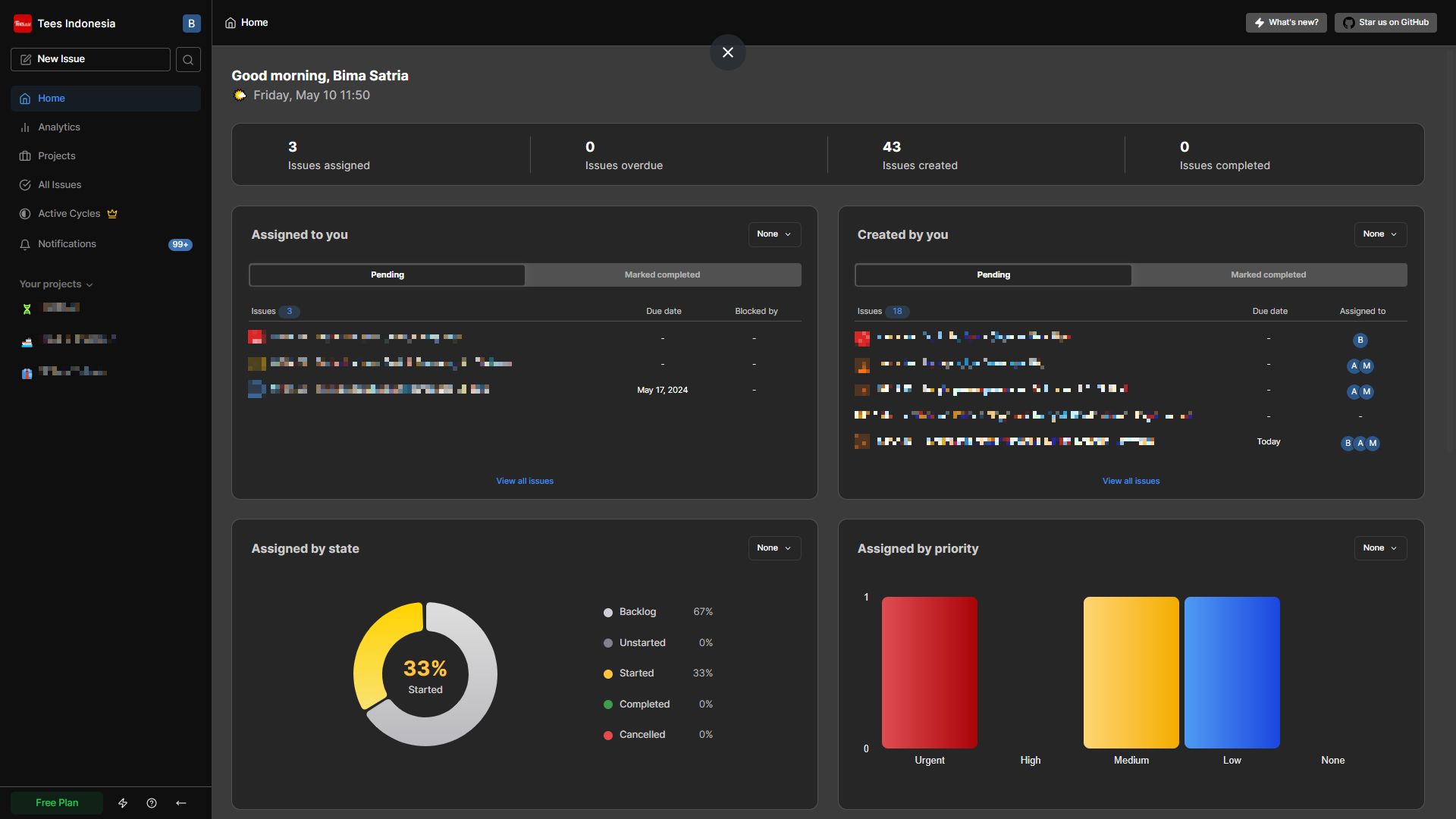Finding the right tools to get your (or your team’s) jobs done is different for everyone. There is almost no one-fits-all solution for this. And more often than not, you will need to experiment with a few possible solutions before finding the right one. Not necessarily the perfect one, though.
Lately, we at OfficeBee have experienced this firsthand as we’re looking to change our project management tools. Previously, we used Trello to manage projects because:
🆓 It was free.
↩ Low learning curve, easier to adapt for non-technical team members and client’s representatives
👌 Flexible. We used it for development projects, design team task lists, or CRM tools for our sales team.
But a change in policy means we might need to change because Trello now limits the number of collaborators in each workspace (10 max). As we have more than 10 on all of our boards, we decided we needed to find another solution.
We agreed on a few things before scouring the Internet for alternatives:
We want it flexible to add/remove participants, both technically and financially.
We need a stable, well-maintained/supported solution with good security standard.
Easy to adopt for both technical and non-technical users.
After doing research, we have several candidates: FocalBoard, OpenProject, Planka, ZenTao, Huly, Vikunja, Taiga, Plane
We compare each one, asking for feedback from potential users (from different teams), before finally deciding to switch to Plane. ✈
Why? Key advantages would be:
👨💻 Open source, customizable and free to self-host
📅 Flexible views between Kanban, Gantt, Calendar, etc.
👓 It also helps that we can see tasks from multiple projects on one dashboard, which helps us keep track of workloads for each team member.
Perfect? No, for sure. We found things that we think could be better, and some improvements that we found are still in their development pipeline. But overall, we’re happy with our decision. 😁
A few tips when choosing a solution:
🥅 Make sure you know what your goal is. It’ll be easier to evaluate when you have certain expectations. Don’t get distracted by fancy features that you might not need.
😣 ProductHunt is a good place to start in finding alternatives. Some products can also be found on other review platforms, such as G2. Read what other people said and, if possible, validate whether those are real reviews.
💬 For projects available on GitHub, check Issues and Discussions to gauge how active the community and the support system are.
☁ Self-hosted projects usually also have a cloud-hosted paid version that you can play around with during the free trial period, so you don’t need to prepare infrastructure and install all the product alternatives you find.
I hope that helps! Happy to hear if you have other experience in finding solution for work or personal use!
Originally posted on my LinkedIn

Leave a Reply